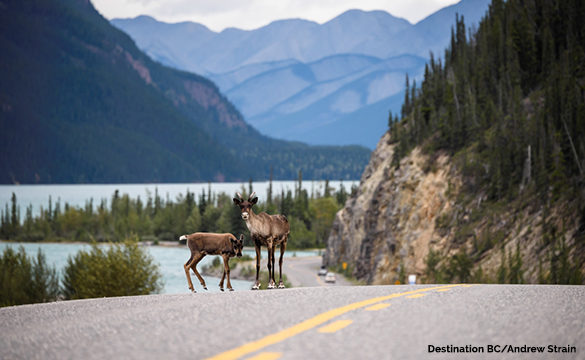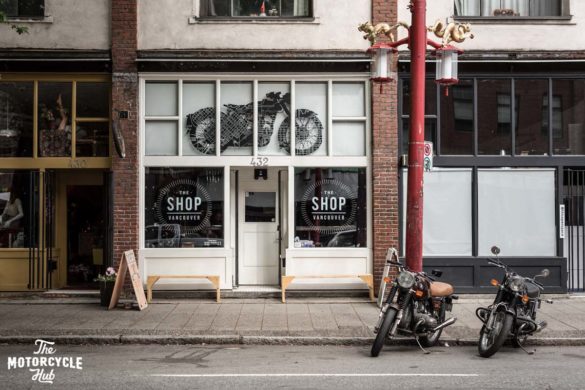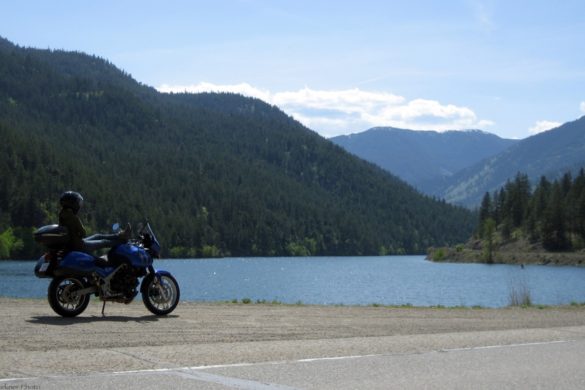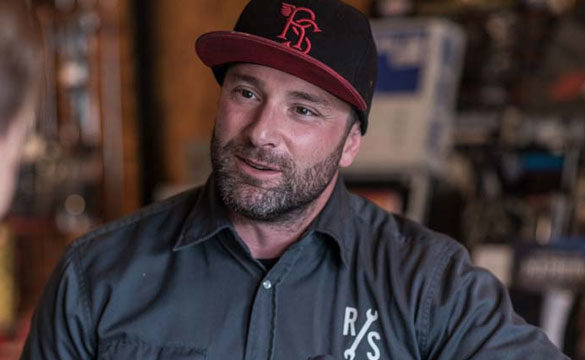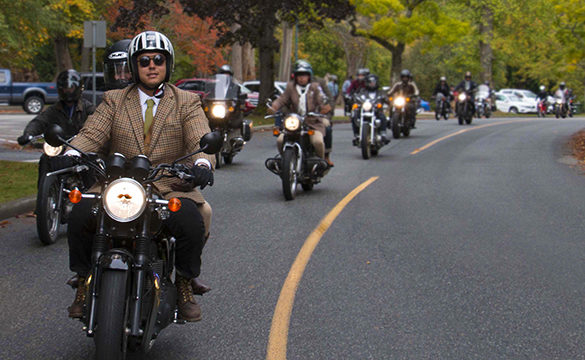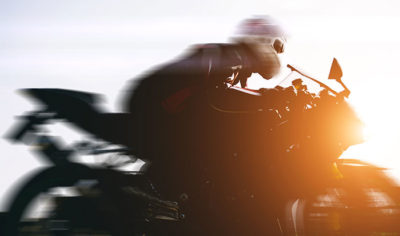
Photo by oneinchpunch/shutterstock
Picture this: a young man walks into a motorcycle dealership. He has just passed his written motorcycle test a couple of hours earlier and is about to purchase his first motorcycle. A 1000cc sport bike has caught his attention.
Any experienced rider would probably want to yell at this person. Plead with them not to buy it. If only it were possible to take a lifetime worth of memories and lessons and put them inside someone else’s brain, like a Vulcan mind-meld. There are a few things I would like to show him: all of the close calls with cars, or the time when I crashed and injured my leg. Or what it’s like to attend the funeral of a fellow rider; witnessing the grief of someone’s parents as their child is being buried.
Riding a motorcycle is fun and exciting, but it is also far more dangerous than driving a car. It seems ludicrous to imagine a teenager placing a novice sticker on the back of a Lamborghini sports car. Yet when you consider that a Lamborghini has four wheels, seat belts, airbags and a carbon fiber body with crumple zones, it looks like a much safer option than a motorcycle. In a crash, the only thing protecting a rider from injuries is what they are wearing. Experienced riders tend to wear good protection, but many new riders who have never experienced the realities of road rash are often just wearing shorts and a T-shirt.
While gear is important, the most important safety feature of a motorcycle is the rider’s brain. The part of the brain that says “slow down, this looks like potential danger!” The older, wiser and more experienced rider has often gained this wisdom through trial and error. Years of making mistakes and saying “I won’t do that again.” New young riders lack that mindset, and are often oblivious to the dangers around them. It will take many years of mistakes for them to eventually gain that wisdom—if they survive. The problem is that one mistake on a motorcycle could be your last.
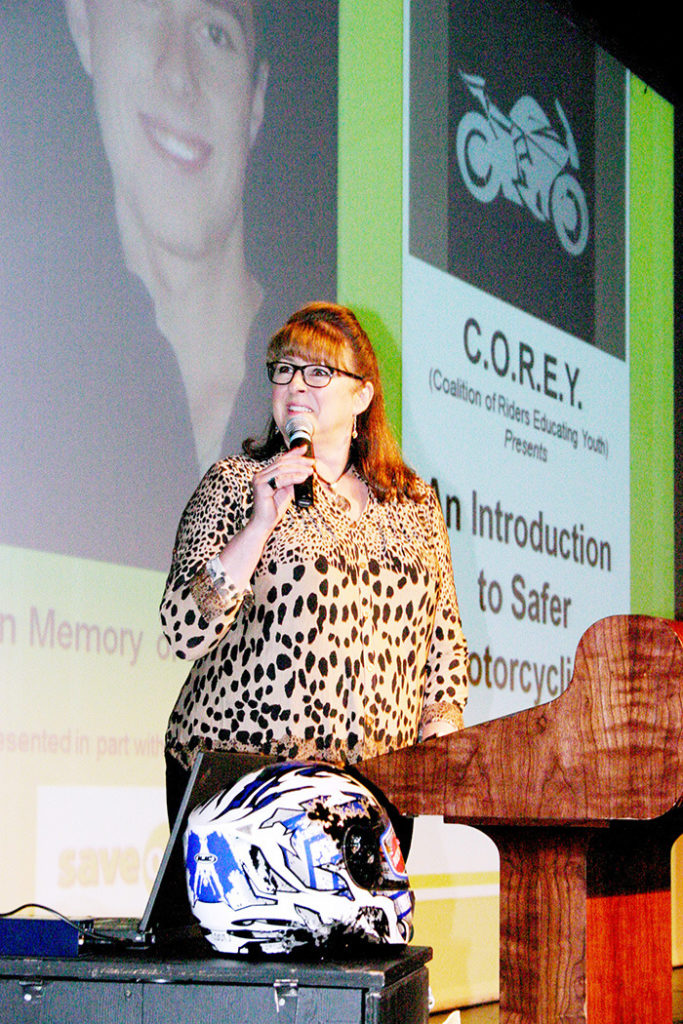
Denise Lodge, founded C.O.R.E.Y. after losing her son to a tragic motorcycle accident. Photo courtesy of Black Press, photographer Todd Hamilton
A tragic example is the story of Corey Lodge, who on March 2nd, 2005 wrote his motorcycle learners test and purchased a 1000cc sport bike. On March 3rd Corey crashed into a rock wall on the Malahat Highway in BC and died. He was only 21 year’s old.
Since Corey’s passing, his mother Denise Lodge has created an organization called C.O.R.E.Y (Coalition of Riders Educating Youth), and has been giving speeches to try and prevent future tragedies like her son’s. Denise has also been asking the BC government to introduce a graduated licencing program for motorcycles. She believes that training, as well as a restricting the performance of motorcycles for new riders, will save lives.
In 2012, seven years after her son’s death, Denise attended a press conference announcing new laws and regulations for motorcycles, including specified safety standards for helmets (effectively eliminating “skull caps” or “beanies”) and requiring that a passenger’s feet must remain on the foot pegs (preventing children from being passengers if they are too small). Although the province intended to move forward with a graduated licencing program with power restrictions, unfortunately for Denise it has so far not happened.
New laws are not always popular, even when they are supposed to prevent death and injury. I have no doubt some riders were against the new helmet laws, just as some people hate being forced to wear a seatbelt. But imagine you have a son or daughter who has just entered a motorcycle dealership shortly after writing their learners test. Would you want them to be able to purchase a 1000cc sport bike?
For a list of motorcycle riding schools and training options in BC, please visit our Business Directory.
For the latest motorcycles safety rules and helmet laws, please visit this resource page from the BC Government.

